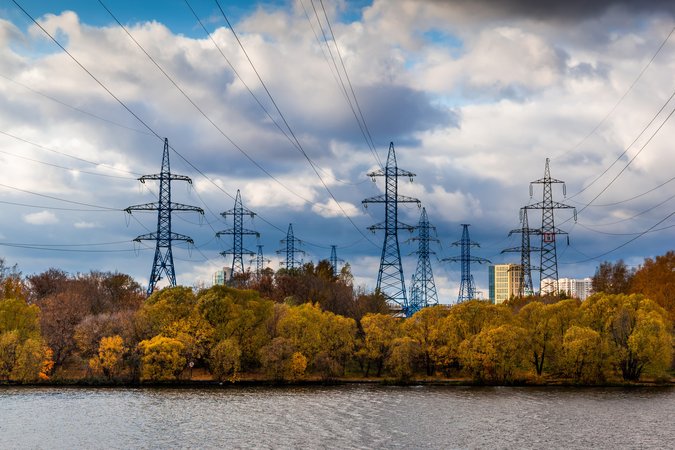A Retrospective Review of Shale Gas Development in the United States: What Led to the Boom?
DownloadShale gas in the United States has grown rapidly in the past decade. In 2000, shale gas made up just 1.6 percent of total natural gas production. That figure had jumped to 23.1 percent in 2010. In a new discussion paper, RFF experts Zhongmin Wang and Alan Krupnick examine the industry and the economic, policy, and technological influences that have paved the way for the development seen since the turn of the century.
In “A Retrospective Review of Shale Gas Development in the United States: What Led to the Boom?”, the authors detail a host of factors that together made the recent growth possible. From the paper:
“Our analysis of the economic, policy, and technology history of shale gas development indicates that the shale gas boom resulted from factors that ultimately enabled firms to produce shale gas profitably. These factors include technology innovation, government policy, private entrepreneurship, private land and mineral rights ownership, high natural gas prices in the 2000s, market structure, favorable geology, water availability, natural gas pipeline infrastructure, and a number of other factors. Our review suggests that the key question for policymakers in countries attempting to develop their own shale gas resources is how to generate a policy and market environment in which firms have the incentive to make investments and would eventually find it profitable to produce shale gas.”
“Countries new to shale gas enjoy a major advantage over the United States, in that the state-of-the-art shale gas technologies are much more advanced than those that existed when the United States started to develop shale gas. The existing technologies may help jump start shale gas development in other countries. However, a great deal of innovations will be needed to adapt existing technologies and to develop new technologies to profitably exploit shale gas fields in any country where shale gas geology and/or water resources are significantly different from those in the United States.”





